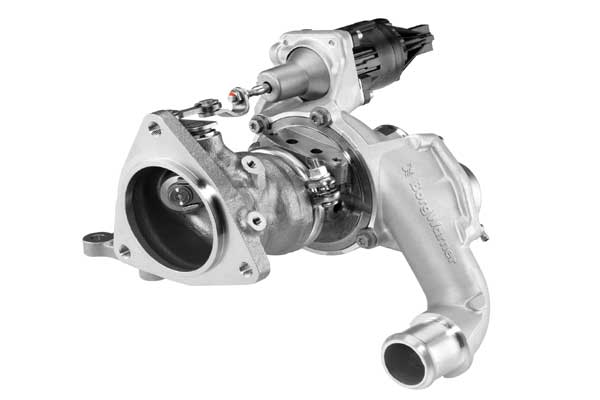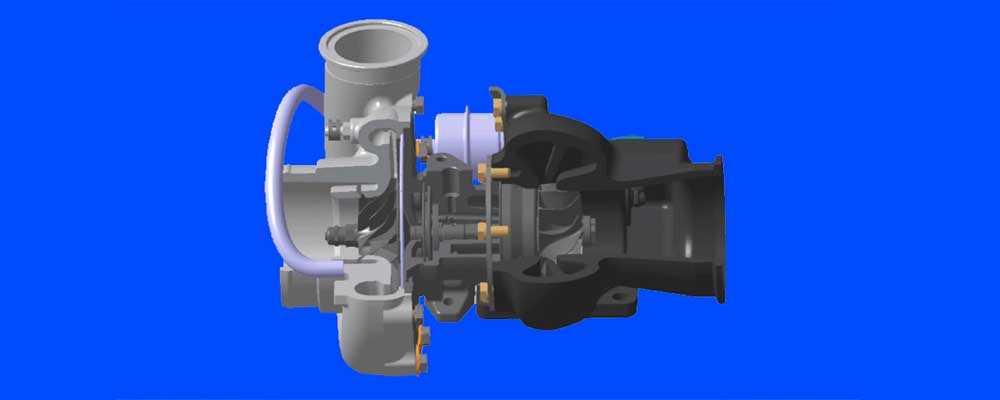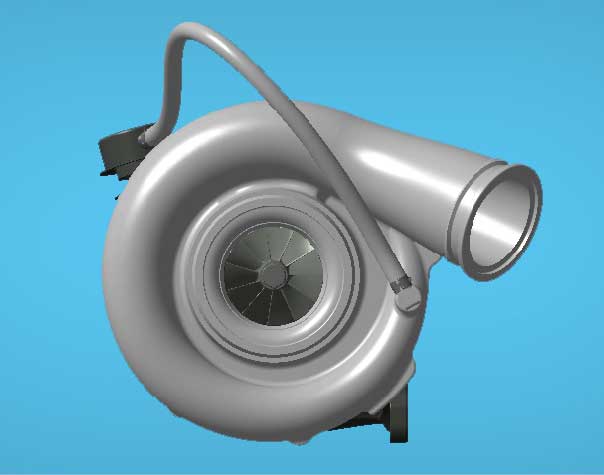What is a Wastegate Turbocharger?
Nowadays, vehicles with turbocharged engines feature the wastegate turbocharger. This technology helps to deliver optimum engine performance during peak operating conditions. In addition, the wastegate valve prevents the turbocharger from over-running. Particularly, it also avoids the engine from over-boost and prevents any mechanical failure.

This feature in the turbocharger consists of a bypass valve. It circumvents some part of the exhaust gas going to the turbine and releases them into the outlet. Furthermore, the waste-gate turbocharger has a bypass valve built into the turbine housing. It diverts some of the exhaust gases away from the turbine wheel through this valve.
Wastegate turbocharger construction:
The internal construction of the turbine consists of the wastegate valve and hollow passage within the turbocharger. So, it allows some of the boost pressure to enter into this passage. Then, the exhaust system automatically routes the bypassed exhaust gases to the catalytic converter and tailpipes.
In this system, the speed of the turbine wheel determines the diversion of the exhaust gases. Besides, the wastegate unit reduces the high boost pressure developed by the compressor to the desired level. Thus, it delivers optimum engine performance with controlled peak cylinder pressure.
How does wastegate turbocharger work?
Furthermore, the waste-gate regulates the pressure of the relief valve. It, in turn, limits the boost pressure in the turbocharger system. This is helpful in preventing the engine from potential mechanical damages caused by the high pressure. Furthermore, the system automatically opens the waste-gate valve when the pressure reaches the pre-set levels. Then, it allows all the high-pressure exhaust gases to escape the turbine wheel and enter into the downstream/outlet. Thus, it prevents the exhaust gas pressure from rising more than required.

Moreover, with petrol engines, the wastegate turbochargers are typically used in the racing cars to limit the amount of boost pressure. Additionally, the race-car drivers can sense the change in pressure thru’ a tube inserted into their helmets.
The wastegate turbocharger has four main types which depend upon how the wastegate valve operates:
- Manual
- Pneumatic
- Electric
- Hydraulic
Advantages of wastegate turbocharger:
Besides, the waste-gate system has many advantages which include the following:
- Needs a smaller space to fit.
- Reduces turbo lag to some extent.
- Installation of compact and simple external exhaust pipe system. Thus, reducing the engine weight.
- Delivers optimum engine performance at all times.
- Avoids mechanical damage to engine parts.
(Images: Courtesy – Honeywell, Borg Warner)

